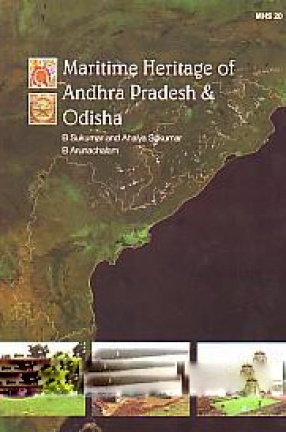For over 100 years, barnacles have been the subject of fairly extensive research. But way before that, it is interesting to note that Aristotle, in IV B.C. used the words "remora" and "ship breaker" to indicate biofouling (Giudice, this volume). In more recent times, interest in the fundamental and applied biology of barnacles has been growing steadily not only because of the economic importance of the group, but also because they are the dominant form of animal fouling. They are cosmopolitan, extending from the intertidal to the deep oceans. An analysis of reports of fouling on ships in various parts of the world, shows that barnacles accounted for half of the most frequently reported fouling organisms. Their fouling causes significant increases in roughness and thickness of the underwater hulls of ships and raises fuel costs by as much 40%. Barnacles also cause considerable economic losses when they settle inside pipes conveying seawater. Another area of costly concern is their involvement in the process of corrosion. This book broadly covers two areas of fouling barnacles: their eco-physiology and control technology. The first ten chapters deal with reproductive ecology, functional morphology of cyprids, larval biology, developmental physiology, respiratory metabolism, adaptation to environmental anoxia, neuroendocrinology, settlement cues, and barnacle adhesion. The remaining chapters place emphasis on the applied aspect of research on barnacle control technology.

Barnacles: The Biofoulers
In stock
Free & Quick Delivery Worldwide
reviews
Bibliographic information
Title
Barnacles: The Biofoulers
Author
Edition
1st ed.
Publisher
ISBN
8186030565
Length
406p., Figures; 25cm.
Subjects


There are no reviews yet.